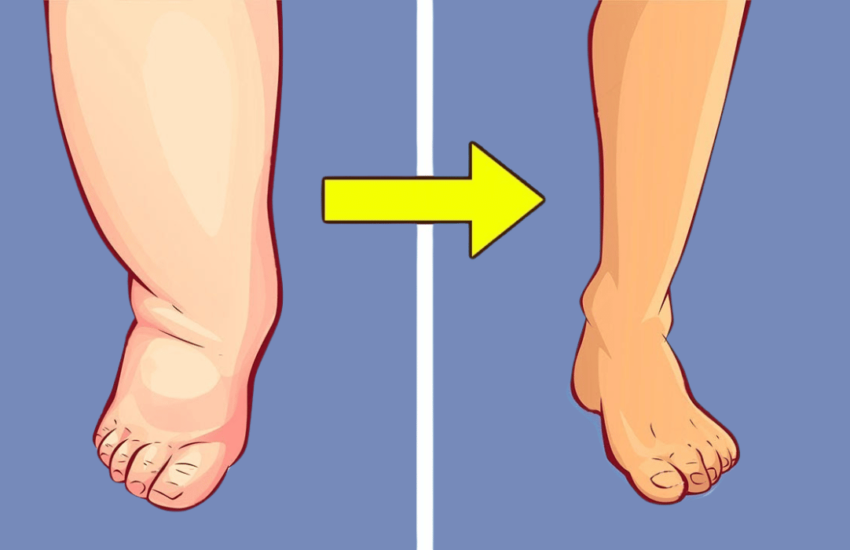Early Warning Signs of ANEMIA You Really Shouldn’t Ignore
Anemia occurs when you have a decreased level of red blood cells or hemoglobin in your blood, leading to reduced oxygen delivery to tissues and organs. Recognizing the early warning signs of anemia is crucial for prompt diagnosis and treatment. Here are some symptoms you shouldn’t ignore:
- Fatigue: Feeling excessively tired or weak, even after getting enough rest, is a common symptom of anemia. It occurs because the body isn’t getting enough oxygen due to a low red blood cell count.
- Pale skin: Anemia can cause a noticeable pallor or paleness in the skin, particularly in areas with less pigmentation like the face, palms, inner lips, and nail beds. This paleness is due to decreased blood flow and oxygenation.
- Shortness of breath: Anemia can lead to a reduced oxygen-carrying capacity in the blood, resulting in shortness of breath, especially during physical activity or exertion. You may feel like you can’t catch your breath even with minimal effort.
- Weakness: Anemic individuals often experience weakness or a lack of strength in their muscles. This weakness can affect daily activities, making simple tasks more challenging than usual.
- Dizziness or lightheadedness: Reduced oxygen supply to the brain due to anemia can cause dizziness, lightheadedness, or even fainting spells. These symptoms may worsen when standing up quickly or after prolonged periods of standing.
- Cold hands and feet: Anemia can lead to poor circulation, causing your extremities, such as your hands and feet, to feel cold or numb even in warm environments.
- Headaches: Insufficient oxygen delivery to the brain due to anemia may result in headaches, which can range from mild to severe and may be accompanied by other symptoms such as dizziness or fatigue.
- Irregular heartbeat: In some cases, anemia can cause an irregular heartbeat or heart palpitations. This occurs because the heart is working harder to compensate for the decreased oxygen-carrying capacity of the blood.
- Brittle nails: Anemia can cause changes in the texture and appearance of nails. They may become brittle, concave (spoon-shaped), or develop ridges due to decreased oxygen supply to the nail beds.
- Cravings for non-food items: Some people with iron deficiency anemia may experience unusual cravings for non-food items such as ice, dirt, or starch. This condition is known as pica and is thought to be a result of the body’s attempt to replenish low iron stores.
If you experience any of these symptoms, especially if they are persistent or severe, it’s essential to consult a healthcare professional for proper evaluation and diagnosis. Anemia can have various underlying causes, including nutritional deficiencies, chronic diseases, or other medical conditions, and appropriate treatment depends on identifying the specific cause.


